Cold temperatures and winter weather can be the biggest enemy to both a tire and a driver due to tire pressure and performance changes that must be monitored.
The exact PSI level of your tire will depend ultimately on your vehicle specifications, but the general rule is for your tire pressure to be between 30 and 35 PSI in the winter. This allows your tires to remain at optimal levels for better safety, driving performance, and fuel efficiency.
With the onset of winter, it is important to know what the right tire pressure should be so you can get the right performance out of your car. Tire pressures vary significantly depending on the type of tires and driving conditions. This guide will help you understand how tire pressure changes during different seasons and what it means for your tires.
If you have ever driven in the winter when your tire pressure light came on, you have experienced what it is like for your tire to lose air to the cold temperatures. In this guide, you will learn how to properly inflate your tires so they can drive at safe levels during the winter.
Most people are not aware of how much pressure their tires require in various seasons. Most drivers, especially those who do not know how to check their tire pressure, will most probably over-inflate them to compensate for the lack of traction on ice and snow.
This is why it is advisable to keep your tire pressure between 30 and 35 PSI in the wintertime. It will help you drive with ease on icy roads without skidding or sliding out of control.
The main reason for this is that snow and ice on the ground can make it harder to maintain proper tire pressure. Maintaining this level of pressure can also prevent damage to the car if you hit a patch of ice.
The tire pressure should be between 30 and 35 PSI in the winter months to ensure that your vehicle runs smoothly on snow-covered roads. This is due to the fact that at lower pressures, your tires are more likely to get stuck or cause hydroplaning, which can lead to loss of vehicle control.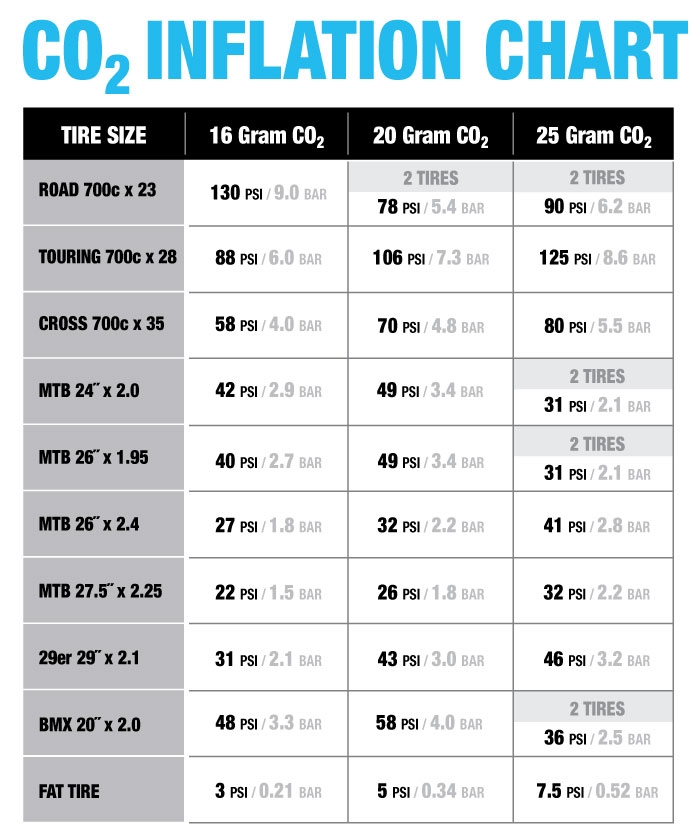
By maintaining this tire pressure level, your tires will be more reliable. When you drive on underinflated tires, you run the risk of experiencing flat tires or vehicle issues.
In the winter, tire pressure can decrease as much as 1 PSI per 10 degrees that the temperature drops. This means you need to constantly pay attention to your tire inflation levels when the weather gets colder.
With colder weather comes a potential decrease in air pressure of your tires, which means that they may not be able to provide you with reliable traction on icy or snowy terrain.
If your car is equipped with a TPMS, you may not have to worry about it too much because most cars have sensors that keep track of your air pressure and notify drivers when something is off.
It is often confused with the notion that air is escaping from inside the tire, but this is not the case. Instead, the air inside the tire will condense when it gets colder.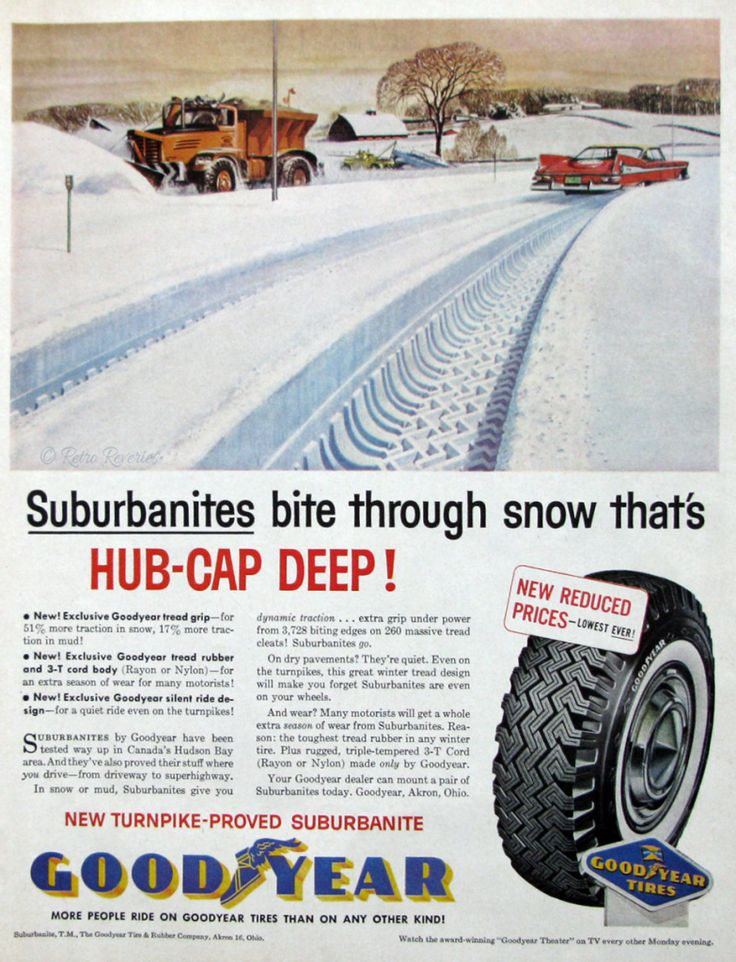
This lowers the air pressure in the tire which can cause problems for drivers and their cars. When this occurs, your PSI will drop, and the performance of your tires may drop along with it.
In the winter, tire pressure should be at a higher level to ensure a safe drive. Increasing tire pressure in SUVs and trucks is not just about safety but increases tire performance and longevity.
The tire pressure of SUVs and trucks in the winter should be higher than the summer tires. It is estimated that it should be between 35 to 40 PSI in the winter tires to accommodate for the heavier load capacities and cold temperatures that will alter the tire pressure.
The average vehicle in this category will operate under 35 PSI nearly all year, but in the winter more air needs to be added to tires to maintain performance and keep tires safely on the road.
40 PSI is the maximum we recommend for these vehicle types, and any higher can potentially pose some risk to both your tires and your vehicle. If you inflate the tire too much, it can become too hard or firm causing your suspension to suffer on your vehicle.
If you inflate the tire too much, it can become too hard or firm causing your suspension to suffer on your vehicle.
Beyond just suspension issues, your tires will also lose the traction on the ground that you desperately need in wintry conditions. By sticking between 35 to 40 PSI levels, you can ensure proper vehicle control, handling, and steering responsiveness during freezing temperatures.
The tire pressure for sedans can be lower because they are lighter to drive. It comes down to the load capacity on a vehicle and how heavy they are driving on the road consistently.
It is best to add between 1-3 PSI to your tire based on whatever the recommended level is by your vehicle manufacturer. This accounts for the amount of PSI you are losing based on the temperature drops and should keep you covered.
Compared to SUVs and trucks, sedans are much lighter vehicles that require less PSI to maintain high-quality driving.
The estimated PSI should be between 30 to 35 PSI. As you will notice on most sedans, this is higher than the initial PSI levels the tires are at, but it is necessary because of the colder temperatures that cause the air to condense inside.
Tires are designed to provide traction but they can't provide it without air in them. If you're driving on thin ice, you need more air in your tires, or else they will fail. The importance of tire inflation is paramount for your safety on the road.
Since the levels are lower on sedans, you have a bit more room to spare if you overinflate the tires before you experience issues. However, it is never recommended because the softer winter tire rubber is more susceptible to blowouts or flats when overinflated.
Vehicle tires can lose up to 10% of their air pressure when the temperature is below freezing. This is due to air condensing inside a tire due to the temperature drop.
The recommended maximum cold tire pressure for most passenger cars and light trucks is 30-35 PSI, but as you will see below this is not always true. Some vehicles like sports cars use a higher PSI in the tire than you would expect.
Some vehicles like sports cars use a higher PSI in the tire than you would expect.
Every vehicle will adhere to the rules and guidelines set by the manufacturer. This is why all vehicles come with a recommended PSI that can either be found on the side of the vehicle near the driver or in the manual.
It is recommended to always check the recommended PSI on your vehicle before making any alterations to the tire. The winter level should add a few more PSI to account for the temperature drop that will cause air to condense.
The winter season brings its own set of challenges when it comes to tire pressure management. If you don’t know what your tire pressure should be in the winter, you can use our recommended tire pressure levels for winter driving.
| Vehicle | Recommended PSI | Winter PSI |
|---|---|---|
| Ford Explorer | 32-35 PSI | 37-40 PSI |
| Honda Civic | 30-33 PSI | 33-36 PSI |
| Nissan Sentra | 33 PSI | 35 PSI |
| Toyota Camry | 30 PSI | 33 PSI |
| Acura MDX | 35 PSI | 38 PSI |
| Audi A4 | 34 PSI | 36-37 PSI |
| Chevrolet Blazer | 35-36 PSI | 38-39 PSI |
| GMC Canyon | 35-36 PSI | 38-39 PSI |
| Jeep Cherokee | 36-37 PSI | 40 PSI |
| Lexus IS350 | 35 PSI | 37-38 PSI |
For smooth, safe rides and to prolong the life of your tires, it’s important to find the optimal winter tire pressure for your vehicle.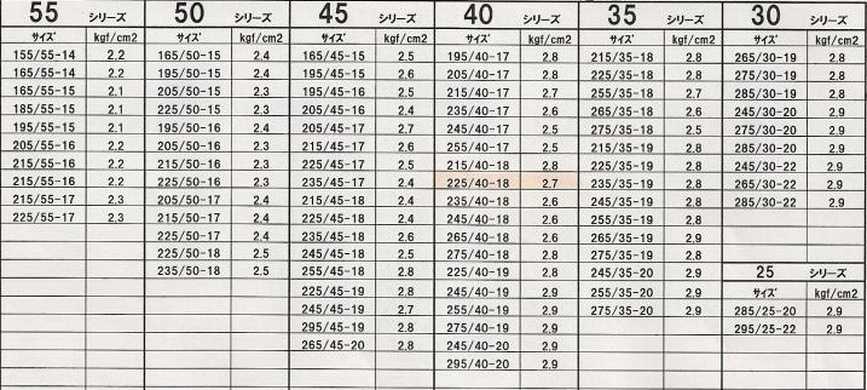 To ensure that you have “winter road worthy” tires, consider the following.
To ensure that you have “winter road worthy” tires, consider the following.
There are several misguided beliefs about the appropriate winter tire pressure that can result in costly problems for your car. In order to function properly and avoid problems, tires need to be appropriately filled to the correct pressure year-round. Why? Because weather conditions have an effect on tire pressure. For instance, during the summer months, the air expands in the tires as the weather heats up. During winter’s frigid months, the air pressure contracts. Something else to remember is that as you drive your vehicle, tire pressure increases slightly.
Vehicle manufacturers recommend PSI (pounds per square inch) for tire inflation and it’s the PSI rating you need to inflate your tires to. The PSI recommendation can be found inside the driver’s side door on a sticker, or in the manual.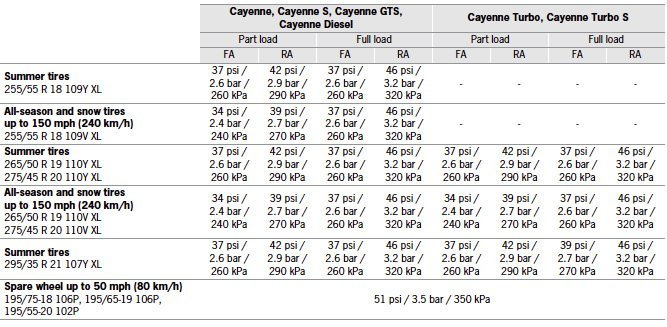 The PSI rating has been designed to deliver the most comfortable ride for your car. So, what about the “Max PSI” rating located on the sidewall? “Max PSI” is the PSI that the tires will support at maximum carry load. For regular, everyday use, tires need to be inflated to the vehicle’s manufacturer recommendation.
The PSI rating has been designed to deliver the most comfortable ride for your car. So, what about the “Max PSI” rating located on the sidewall? “Max PSI” is the PSI that the tires will support at maximum carry load. For regular, everyday use, tires need to be inflated to the vehicle’s manufacturer recommendation.
To ensure the optimal winter tire pressure follow the manufacturer’s recommendations. If you don’t have your manual handy, try looking for an online version for call a trusted auto repair shop. You can also find the recommended tire pressure on a sticker in the door jam as mentioned above. Some vehicle models place the stickers in the console, on the trunk lid, or on the fuel door.
The recommended tire pressure is typically between 30 and 35 PSI. Anything less will affect fuel economy and how the vehicle handles. When your tires are filled to the recommended PSI, you’ll benefit from their performance and optimum life.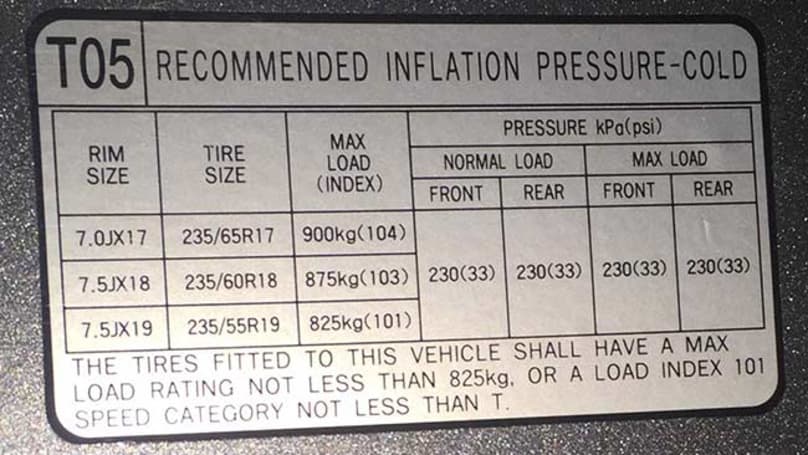 Some vehicle owner manuals advise operating winter tires several PSI higher, usually between 3 to 5 higher than the recommended pressures for all season and summer tires.
Some vehicle owner manuals advise operating winter tires several PSI higher, usually between 3 to 5 higher than the recommended pressures for all season and summer tires.
All you need to do to determine your current tire pressure is unscrew the fill valve cap and check it using a pressure gauge, right? Well, sort of. Whether or not the car has been driven, and the time of day, can alter the tire pressure enough that you may not get an accurate reading. As an alternative, check the tire pressure in the morning before driving the car. Other things you can do include checking the pressure when you fill up the gas tank, as the temperature changes, or every 30 days.
We can assist you in determining the best winter tire pressure for your vehicle. Click here to learn about our general car and maintenance services.
, Articles
Of all the components and parts of a car, only the tires are in direct contact with the road surface.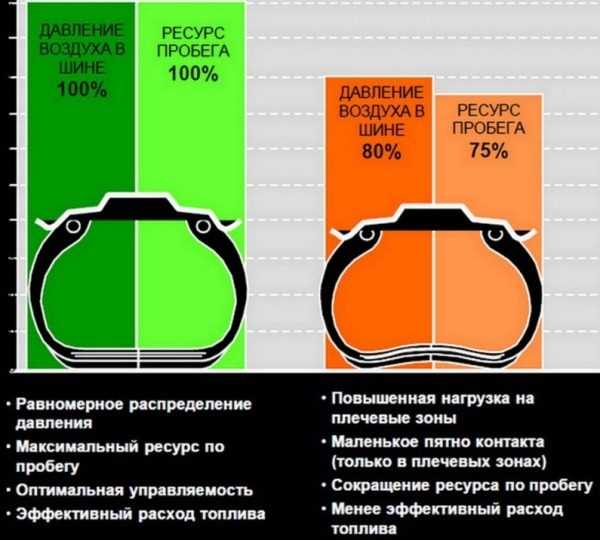 Therefore, their condition is extremely important for any car. After all, not only the cross-country ability and efficiency of the car, but also the safety of the driver, passengers, and other road users depend on it. nine0005
Therefore, their condition is extremely important for any car. After all, not only the cross-country ability and efficiency of the car, but also the safety of the driver, passengers, and other road users depend on it. nine0005
One of the main indicators of the condition of tires is the air pressure in them. To maintain its optimal value, you need to control the pressure in all wheels at least once a month. And in winter, when there are severe frosts outside, it is especially important to monitor the parameters of car tires.
Regardless of the time of year and weather, the pressure in the tires of the car should be the same. Its optimal value is in the range from 2.0 to 2.8 atm (from 29up to 41 psi) - the same for all wheels or different for front and rear - indicated by the automaker on a special sticker. It is easy to find in the driver's door or on the back of the gas tank flap.
Typically, on the stickers, the automaker indicates the pressure values \u200b\u200bfor a car with a low load (driver, passenger and a full tank of fuel) and a large one (four people in the cabin, luggage and a tank of fuel).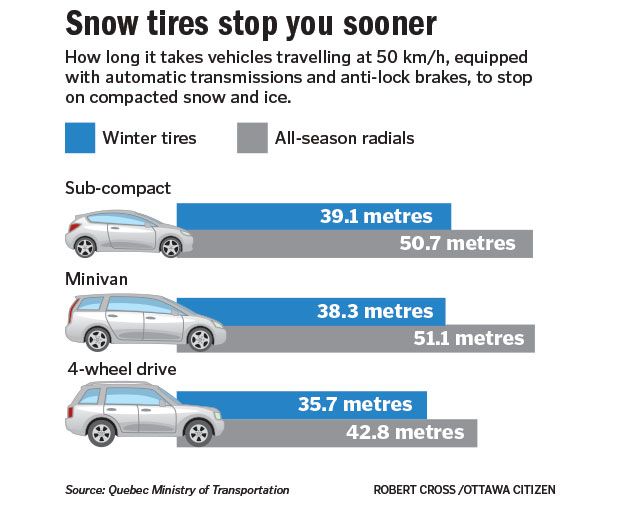 This, as a rule, removes the main part of the questions about how much you need to pump the wheels in certain conditions. nine0005
This, as a rule, removes the main part of the questions about how much you need to pump the wheels in certain conditions. nine0005
Important: For each car model and each tire size, the pressure may be different.
However, due to the fact that for every 10 degrees the air pressure in the tires decreases by about 0.1 bar, the wheels may not be inflated to the optimum value. In other words, they will be subdued. For example, a winter tire installed in October at +10 °C with a pressure of 2.0 atm, if it suddenly hits -20 °C at the end of November, will only be pumped up to 1.7 atm. This can cause increased side tread wear, increased fuel consumption and even disc damage. nine0005
Therefore, experienced drivers advise to inflate tires by 0.2 bar, or about 3 psi above the prescribed values, when preparing the car for winter, in order to compensate for the pressure drop during cold snaps. It is also recommended to increase the pressure before a long trip on the highway and in the tires of a loaded car or a trailer.
The pressure in one or more tires, in addition to the optimal one, can be increased or decreased. This determines the size of the tire contact patch at the point of contact with the roadway, car handling, fuel consumption and overall ride comfort. Incorrect pressure can lead to uneven tire wear, as well as damage to the rims when hitting serious bumps or hitting a wheel in a large hole. nine0005
Tire, in which the pressure is below the norm, is called flat or under-inflated. These tires have a larger contact patch with the road and, as a result, higher friction, as well as rolling resistance. In this case, the car consumes more fuel, the rubber can heat up due to deformations while driving, and the tread sidewalls wear out more. A car on flat tires is worse controlled - it has a decrease in the accuracy of reactions. If the pressure is critically low, the wheel can be disassembled on the go - the tire itself is removed from the disk.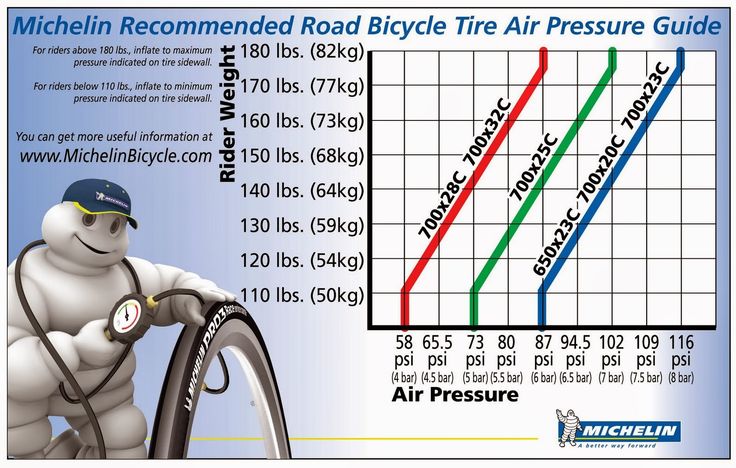 nine0005
nine0005
Tires whose pressure exceeds the norm are called overinflated. With excess pressure, the contact patch with the road becomes smaller. In this case, the central part of the tread, which accounts for the main friction, is subjected to increased wear. In a car with overinflated tires, reactions may become aggravated and fuel consumption will decrease somewhat, but ride comfort will deteriorate due to more severe suspension responses to bumps. Yes, and it is easier to damage such tires. Also, a car with overinflated wheels can be less well controlled at speeds and in corners. Plus, on wet and slippery roads, it will increase the braking distance. nine0005
Incorrect tire pressure, in addition to measuring it with a pressure gauge, can be learned from the behavior of the car. If the car pulls to the side while driving, then it probably has a flat tire. Also, low pressure will be indicated by the whistle of rubber at low speed and in a sharp turn. When the pressure is higher than normal, the car feels stiffer and reacts more painfully than usual to bumps under the wheels. Also, at the same time, there may be a feeling that the car has become better to roll.
Also, at the same time, there may be a feeling that the car has become better to roll.
This is before, when car tires were chambered, the pressure in them had to be checked weekly. Now it is enough to do it at least once a month - no less often. Ideally, with an interval of two weeks. In addition, it is necessary to unschedully measure tire pressure before a long road and a long trip.
Measure the pressure only on cold tires. That is, when the car was without movement for at least 4-5 hours. In extreme cases, you can measure it after a short, non-intense trip. In addition, the car must stand on a flat surface without distortions. So that some of the wheels are not loaded to a greater or lesser extent. And measurements should be taken immediately on all wheels, and not just on the suspicious one. nine0005
Tire pressure measurement is a fairly simple procedure that does not require special training and knowledge. It only requires a working pressure gauge (mechanical or electronic). To measure the pressure in tires, you should:
It only requires a working pressure gauge (mechanical or electronic). To measure the pressure in tires, you should:
Whether the pressure corresponds to the one recommended by the automaker, you can find out by comparing the numbers with the values for this tire size on the sticker in the driver's doorway or on the back of the gas tank flap. If you don’t have your own pressure gauge, you can measure tire pressure at a car service, tire fitting, car wash or gas station where there are wheel inflation devices. Also, these values can be seen without leaving the car on the on-board computer screen if the car is equipped with a TPMS (Tire Pressure Monitor System) pressure control system. nine0005 Source: legion-media
By and large, the process of tire inflation in winter is no different from any other time of the year.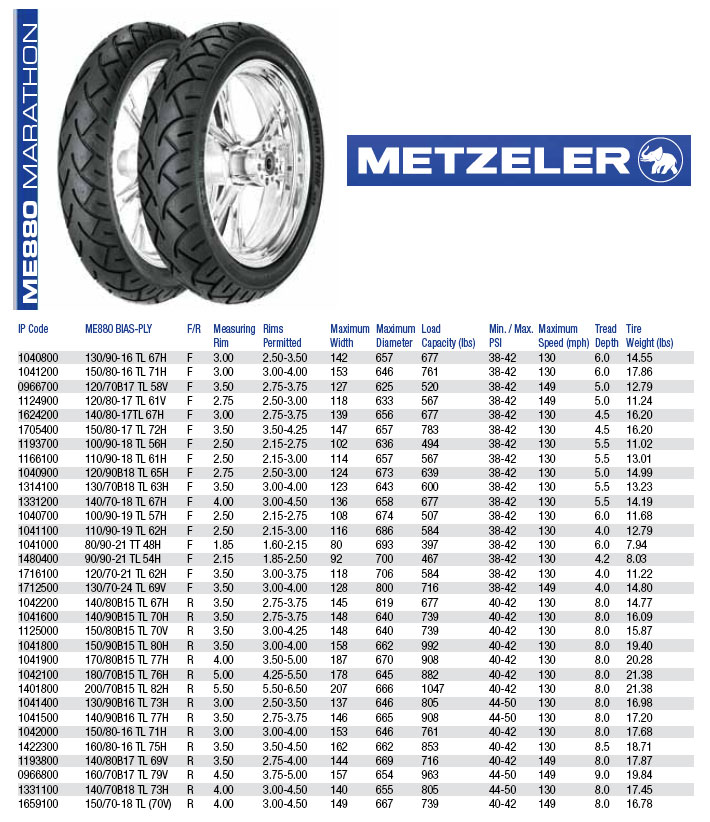 In the same way, you need to remove the cap from the nipple and fix the hose from the electronic compressor or a mechanical pump with a pressure gauge, for example, a foot pump, to the nipple. Then fill the tire with air to the required pressure. And then, having disconnected the pump hose, return the cap to the nipple.
In the same way, you need to remove the cap from the nipple and fix the hose from the electronic compressor or a mechanical pump with a pressure gauge, for example, a foot pump, to the nipple. Then fill the tire with air to the required pressure. And then, having disconnected the pump hose, return the cap to the nipple.
True, in winter there are still nuances in this procedure. In particular, to compensate for the pressure drop in cold weather (by 0.1 bar with cooling for every 10 ° C), the tire can be inflated by about 0.2 bar more than it should be. Experienced drivers also advise inflating tires in a warm garage, since the pressure recommended by the manufacturer is indicated for an average warm temperature. nine0005
But after that, you need to roll the car out onto the street and after some time measure the pressure in the tires again in order to correct it if necessary. However, most car owners do it easier - pump the wheels on the car right on the street in the cold to the prescribed values.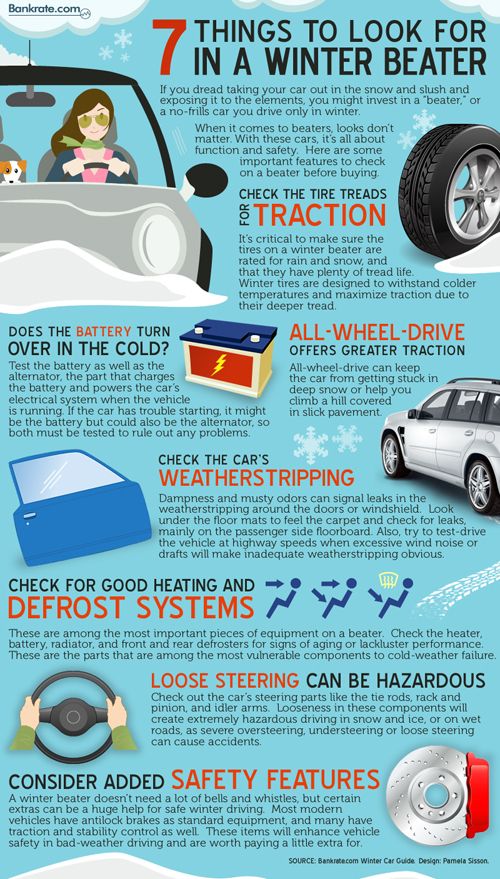 In this case, they do not have to inflate the tires, adjusted for pressure fluctuations due to cold weather.
In this case, they do not have to inflate the tires, adjusted for pressure fluctuations due to cold weather.
The Pascal (Pa) value used for pressure in the international measurement system is practically not found in everyday life among motorists. Instead, tire inflation is checked in psi (lb/in²) or bar/bar (1 bar = 100,000 Pa). Most Russians are accustomed to calling the value of tire pressure in "atmospheres" (AT). It is approximately equal to 1 Bar (1 atmosphere = 1.01 bar). To simplify the transfers from one unit to another, we present a table. nine0005
| 1 AT = 1.01 bar 1 AT = 14.7 psi | 1 psi = 0.07 bar 1 psi = 0.07 AT = 0.99 AT |
The most running tire pressure values in the range from 2.0 to 2.8 BAR look in different units as follows:
| BAR | 2.1 | 2.2 | 2.3 | 2. 4 4 | 2.5 | 2.6 |
| Mark and model | Size tire size | Patient Pressure, BAR | ||||
| LADA Granta Sedan | 175/65R14 185/60R14 185/55R15 | /2.0/2.0 |||||
| Lada Niva Legend | 185/75R16 175/80R16 | 2.1/1.9 2.1/1.9 | ||||
| Lada Niva Travel | 205/70R15 205/75R15 215/65R16 | 1.9/1.9 1.9/1.9 2.0/2.0 | ||||
| Lada Vesta | 185/65R15 195/55R16 | 2.2/2.2 2.2/2.2 | ||||
| Lada Largus | 185/65R15 | 2.4/2.6 | ||||
| Kia Rio | 185/ 65r15 195/55r16 | 2.3/2.3 2.3/2.3 | ||||
| Kia Soul | 205/60R16 215/55R17 235/45R18 | 2.4/2.4 2.4/4/2.4/2 Kia Seltos | 205/60 R16 215/55 R17 235/45 R18 | 2.3/2.5 2.3/2.5 2. 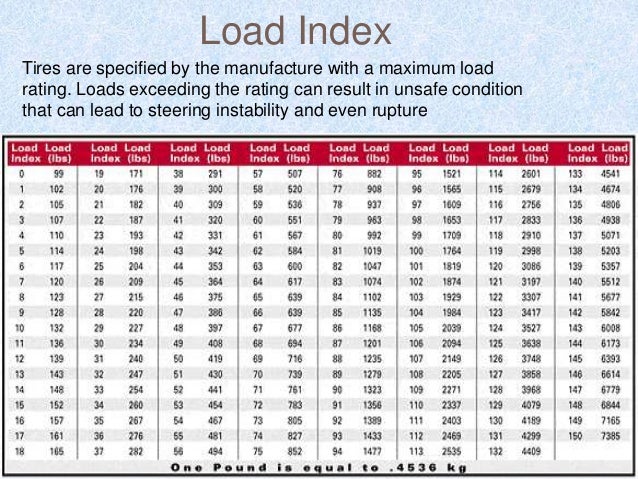 3/2.5 3/2.5 | ||
| Kia Sportage | 235/65R17 235/60R18 | 2.4/2.4/2.4/2.4/2.4/2.4/2.4/2.4/2.4/2.4/2.4/2.4/2.4/2.4/2.4/2.4/2.4/2.4/2.4/2.4/2.4/2.4/2.4/2.4/2.4/2.4/2.4/2 | Hyundai Solaris | 185/65R15 195/55R16 | 2.3/2.3 2.3/2.3 | |
| Hyundai Creta | 205/65R16 215/60R17 | 2.3/2.3 2.3/2.3 | ||||
| Hyundai Tucson | 235/65R17 235/60R18 235/55r19 | 2.4/2.4 2.4/2.4 2.4/2.4 | ||||
| Hyundai Santa | 235/65r17 235/55r19 255/45r.24/ 2.4/2.4 2.6/2.6 | |||||
| Renault Logan | 185/65 R15 205/55 R16 | 2.2/2.0 2.2/2.0 | ||||
| Renault Sandero 95/8/16 R14 185/65 R15 | 2.0/2.0 2.0/2.2 2.0/2.2 | |||||
| Renault Duster | 215/65 R16 | 2.0/2.0 | ||||
| Ford Focus | 215/55 R16 | 2. 1/2.1 1/2.1 | ||||
| Volkswagen Polo | 185/60 R15 195/55 R16 | 2.1/1.9 2.2/2.0 | ||||
| Volkswagen Tiguan | 215/65 R17 235/55 R18 255/45 R19 | 2.3/2.3 2.3/2.3 2.3/2.3/2.3/2.3/2.3 9008/2.3 9008/2.3 9008/2.3 9008 9008/2.3 9008/2.3 9008 9008/2.3 9008/2.3/2 X5 | 265/50 R19 | 2.2/2.3 | ||
| BMW 5 episodes | 225/55 R17 | 2.3/2.5 |